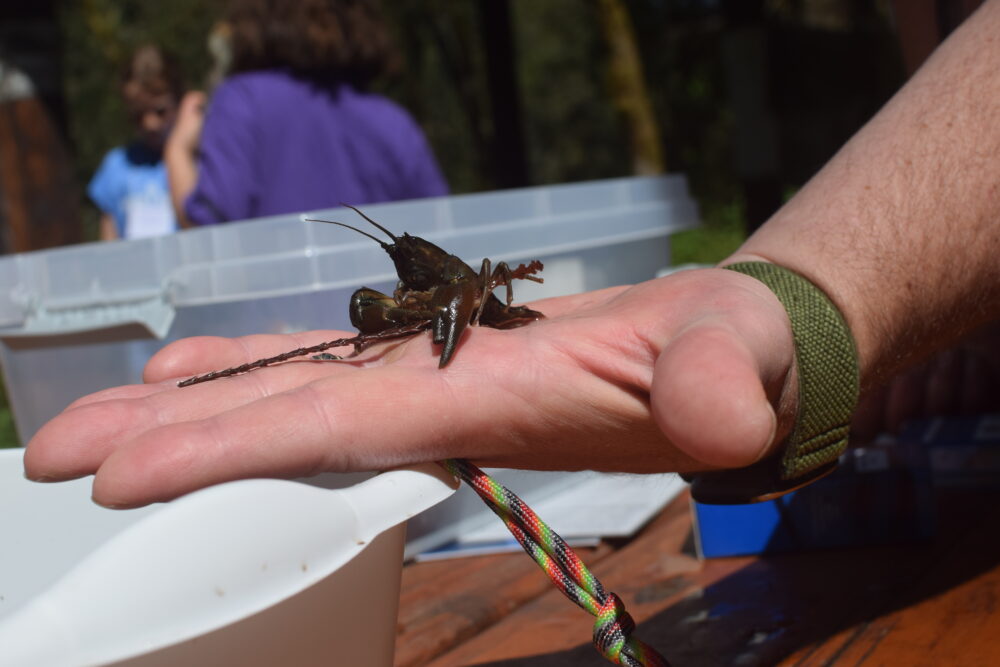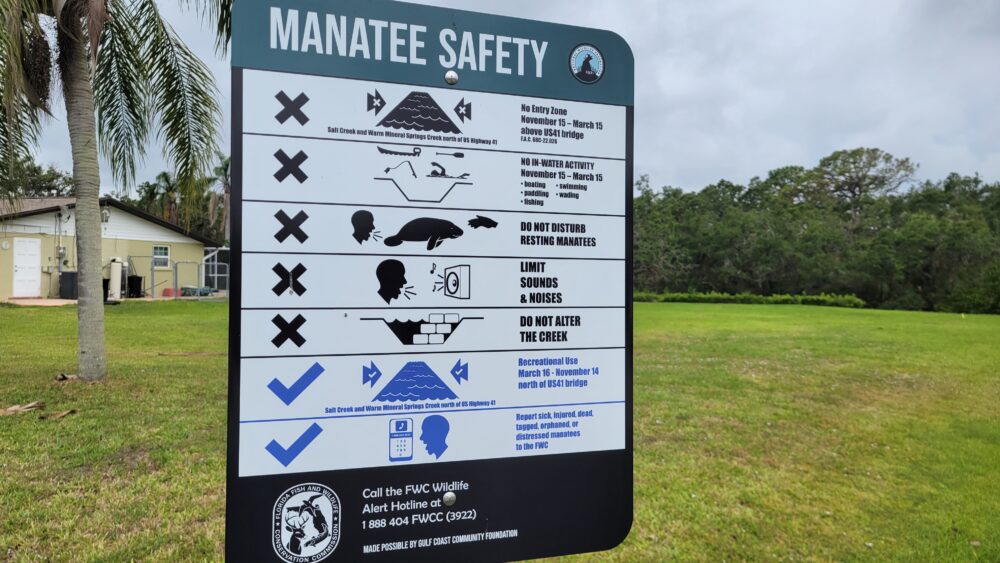We have much more to do and your continued support is needed now more than ever.
Ball State to spend $66M on ground-source heat
Ball State university, long a leader in climate action (and frequent sustainability conference host), has just approved drilling almost four thousand closed-loop wells to heat and cool the campus. Ground-source heat pumps use constant ground temperature, which is cooler than the surface in summer and warmer in the winter, to save energy and cut carbon emissions. The university hopes to drill the first well after commencement this May.
What's most interesting is how the project will be funded: The university already had $40 million from the state legislature to replace aging and inefficient boilers, but received no bids for the project, even as the cost of the upgrade rose to $60 million. Now, BSU will ask the state budget committee to re-apportion the money to the ground-source heating project.
The project could eliminate the 85,000 tons of carbon dioxide emitted by the current boilers. It also has the potential to decrease university operating
costs, reduce dependence on coal and natural gas market fluctuations,
eliminate other air pollutants, and allow the university to
sell carbon credits. BSU also hopes it will create about 870 jobs, though not all will be permanent.
We talk a lot about geothermal, because the paybacks for a properly installed ground-source heating system are bigger than most conservation measures and even some renewable energy sources. The majority of energy consumption on campus buildings goes towards heating and cooling. Richard Stockton college, using a closed-loop system similar to the one that Ball State proposes, cut its electricity consumption by 25% and its natural gas uage by 70%, saving approxiamtely $330,000 in energy costs per year after an initial investment of only $5 million. BSU's plan is much more ambitious, and could lead to the biggest ground-source heating installation yet in the United States.




















